Buy the photo Amsterdam's Keizersgracht in the evening by Jeroen de Jongh Photography on canvas, ArtFrame, poster and wallpaper, printed on demand in high quality.
About "Amsterdam's Keizersgracht in the evening"
by Jeroen de Jongh Photography
About the artwork
Keizersgracht, the second of Amsterdam's three main canals that make up the ring of canals, lies between Herengracht and Prinsengracht. The Keizersgracht, named after Emperor Maximilian I of the Holy Roman Empire and dug between 1615 and 1667, is, at 31 metres, the widest canal in the centre of Amsterdam. A remarkable detail is that the Keizersgracht was dug later than the Prinsengracht, while the Keizersgracht is the second canal of the three main canals.
The city government was committed to keeping the canals as high-quality and respectable as possible. Building on courtyards was prohibited, and both the Herengracht and Keizersgracht were also not given a connection to the IJ to ensure peace and quiet on the water.
The Prinsengracht, on the other hand, did have this, making it busy, and back streets were constructed, such as the Kerkstraat between the Keizersgracht and the Prinsengracht, to prevent activities from taking place on the Keizersgracht itself that would 'look out of place' there and to direct traffic away from the canal. The Kerkstraat also allowed wealthy citizens to build a coach house at the rear of their properties.
Soon, wealthy Amsterdammers settled on the Keizersgracht. They had large houses built, the well-known stately merchant houses. These were, despite the variation that can be seen today, often uniform. There was a fixed plot size and so most canal houses were long and narrow. On the front façade 3 windows and 4 to 5 storeys high was the recurring image.
After the last urban expansion, the Vierde Uitleg, it became possible to buy several plots next to each other. The most elite Amsterdammers were only too happy to buy double and triple canal houses and build stone palaces on the embankments of the Keizersgracht.

About Jeroen de Jongh Photography
I'm Jeroen, and I'll spare you the long introduction. ;) If you're looking for a landscape photo for your wall, you've come to the right place... Read more…
 Netherlands
Netherlands Ordered in November 2021
Ordered in November 2021
 Germany
Germany Ordered in May 2021
Ordered in May 2021
 Germany
Germany Ordered in August 2019
Ordered in August 2019
 Netherlands
Netherlands Ordered in May 2021
Ordered in May 2021
 Netherlands
Netherlands Ordered in January 2024
Ordered in January 2024
 Netherlands
Netherlands Ordered in April 2017
Ordered in April 2017
 Germany
Germany Ordered in April 2021
Ordered in April 2021
 Netherlands
Netherlands Ordered in March 2020
Ordered in March 2020
 Netherlands
Netherlands Ordered in May 2020
Ordered in May 2020
 Netherlands
Netherlands Ordered in February 2022
Ordered in February 2022
 Netherlands
Netherlands Ordered in August 2021
Ordered in August 2021
 Germany
Germany Ordered in January 2023
Ordered in January 2023
About the material
ArtFrame™
Interchangeable Art Prints
- High-quality print
- Easily interchangeable
- Acoustic function
- Large sizes available
Discover the artworks of Jeroen de Jongh Photography
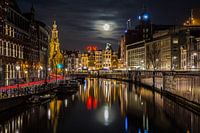 Full moon at the flower marketJeroen de Jongh Photography
Full moon at the flower marketJeroen de Jongh Photography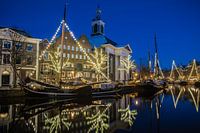 Lange HavenJeroen de Jongh Photography
Lange HavenJeroen de Jongh Photography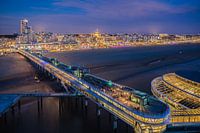 Scheveningen PierJeroen de Jongh Photography
Scheveningen PierJeroen de Jongh Photography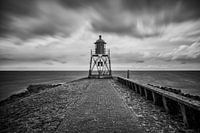 Lighthouse StavorenJeroen de Jongh Photography
Lighthouse StavorenJeroen de Jongh Photography April 25th BridgeJeroen de Jongh Photography
April 25th BridgeJeroen de Jongh Photography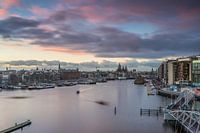 OosterdokJeroen de Jongh Photography
OosterdokJeroen de Jongh Photography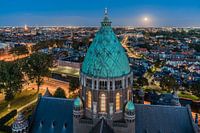 Climb to the lightJeroen de Jongh Photography
Climb to the lightJeroen de Jongh Photography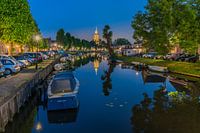 MonnickendamJeroen de Jongh Photography
MonnickendamJeroen de Jongh Photography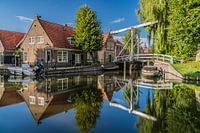 Zonnepad MonnickendamJeroen de Jongh Photography
Zonnepad MonnickendamJeroen de Jongh Photography Mill de Vlinder on a misty morning in the BetuweJeroen de Jongh Photography
Mill de Vlinder on a misty morning in the BetuweJeroen de Jongh Photography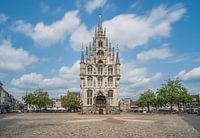 Town Hall of Gouda at the MarketJeroen de Jongh Photography
Town Hall of Gouda at the MarketJeroen de Jongh Photography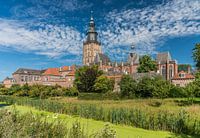 Swans at the skyline of ZutphenJeroen de Jongh Photography
Swans at the skyline of ZutphenJeroen de Jongh Photography Quiet autumn morning in the park of Groeneveld CastleJeroen de Jongh Photography
Quiet autumn morning in the park of Groeneveld CastleJeroen de Jongh Photography Magical sunrise at the Amstelveense PoelJeroen de Jongh Photography
Magical sunrise at the Amstelveense PoelJeroen de Jongh Photography Sunrise in the cherry blossom park of the Amsterdamse BosJeroen de Jongh Photography
Sunrise in the cherry blossom park of the Amsterdamse BosJeroen de Jongh Photography Sunset at the IJmuiden PierJeroen de Jongh Photography
Sunset at the IJmuiden PierJeroen de Jongh Photography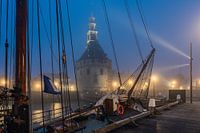 Hoorn's Hoofdtoren in the mistJeroen de Jongh Photography
Hoorn's Hoofdtoren in the mistJeroen de Jongh Photography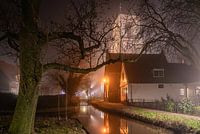 Rocking in foggy RansdorpJeroen de Jongh Photography
Rocking in foggy RansdorpJeroen de Jongh Photography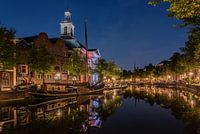 Peace and quiet at Schiedam's Lange HavenJeroen de Jongh Photography
Peace and quiet at Schiedam's Lange HavenJeroen de Jongh Photography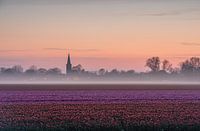 Tulip field, fog bank, church, colourful horizonJeroen de Jongh Photography
Tulip field, fog bank, church, colourful horizonJeroen de Jongh Photography
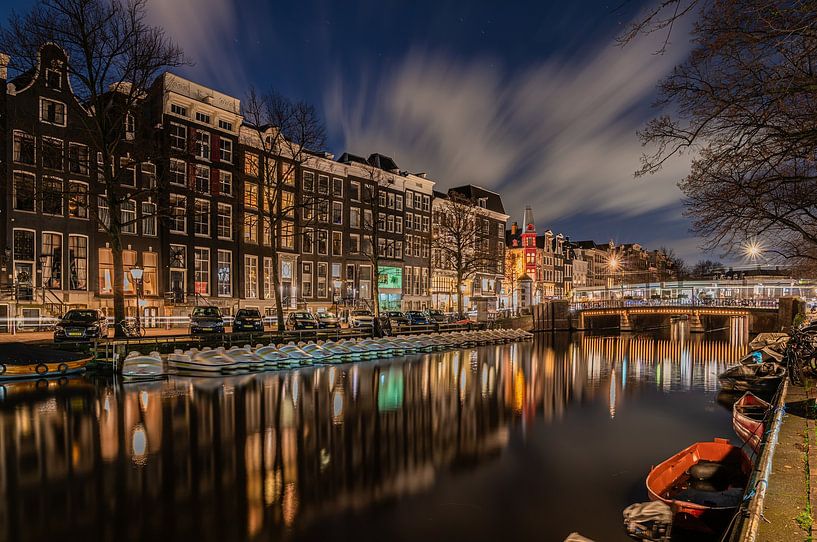





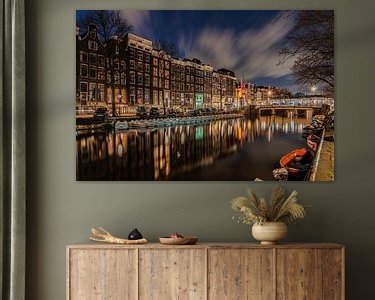






 Amsterdam
Amsterdam Europe
Europe Keizersgracht
Keizersgracht North Holland
North Holland Nostalgic Memories
Nostalgic Memories Photo wallpaper
Photo wallpaper Photography
Photography Reflections
Reflections Romantic Moments
Romantic Moments Serene Peace
Serene Peace The Netherlands
The Netherlands









